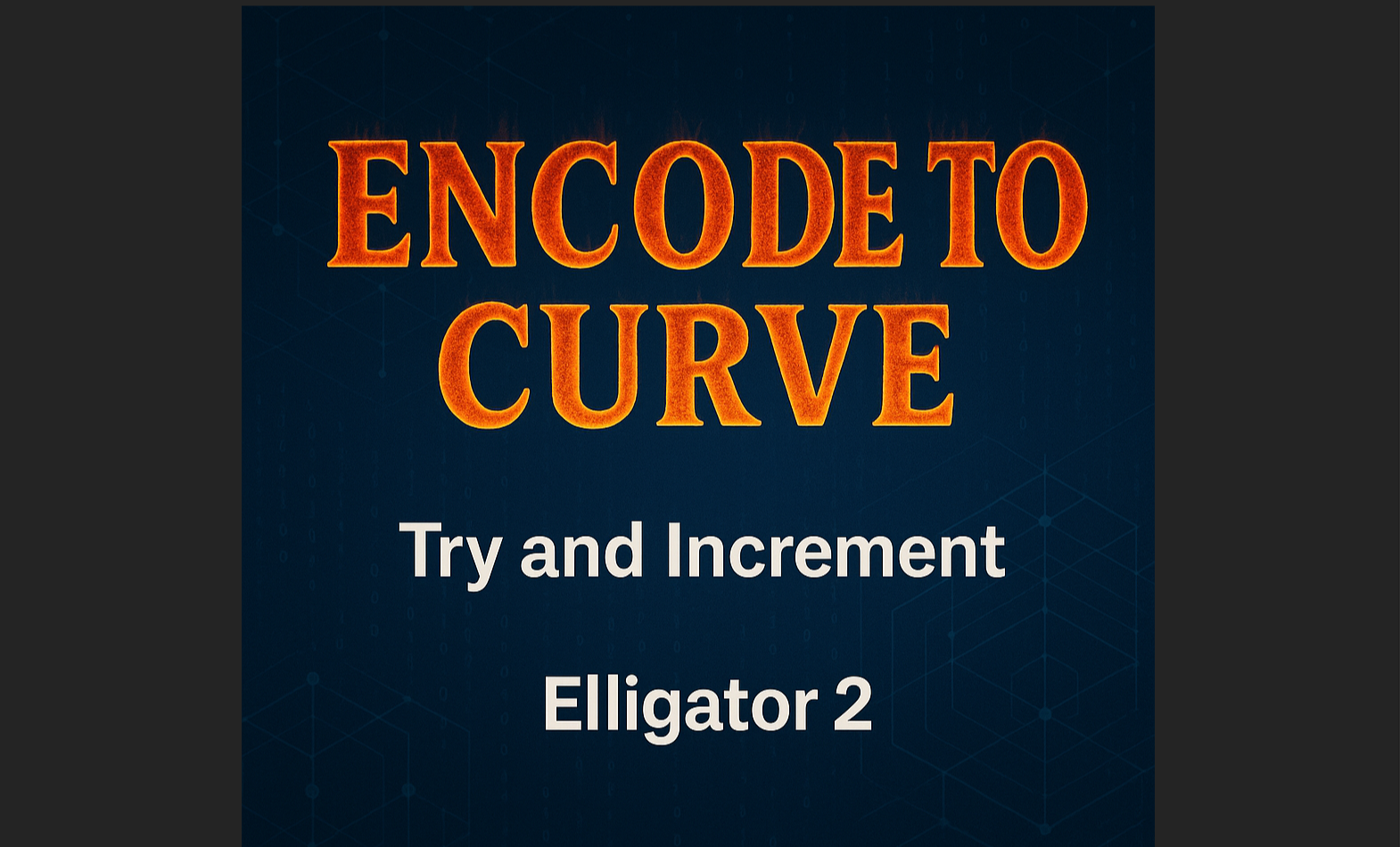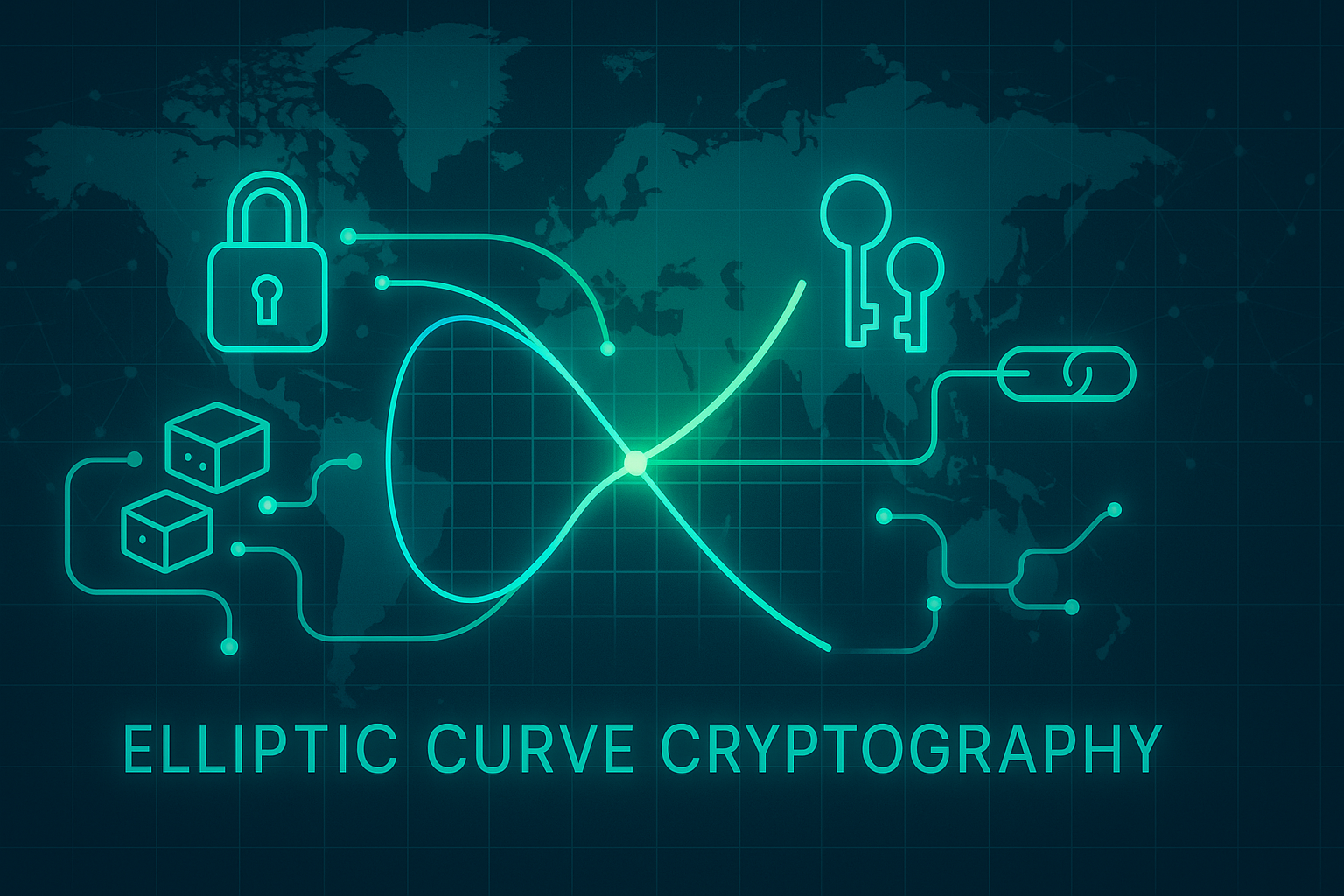Verifiable Randomness with Context: Understanding VRF with Additional Data (VRF-AD)

Kona Siva Naga Malleswara Rao

Imagine you're part of a decentralized lottery. A cryptographic function decides if you're the winner. You prove your eligibility with a random-looking output that only you could have generated. This is the power of a VRF — and today, we’ll explore how adding context through additional data (AD) makes it even more secure and versatile.
In this blog we’ll cover:
- What is a Verifiable Random Function (VRF)?
- What is Additional Data (AD)?
- Why does AD matter in modern cryptographic protocols?
- How does VRF-AD work?
- Real-world use cases and examples
What is a Verifiable Random Function (VRF)?#
A Verifiable Random Function (VRF) is like a cryptographic hash function, but with a twist: it's keyed. Only someone with a secret key can generate a value, but anyone with the public key can verify it was done correctly.
Key Properties:#
- Deterministic: Same input always yields the same output
- Pseudorandom: Output looks random to everyone else
- Verifiable: Comes with a proof that anyone can check
Use Cases:#
- Leader election in blockchains (e.g., Algorand)
- DNSSEC (NSEC5)
- Randomness in smart contracts (e.g., Chainlink VRF)
Limitations of Traditional VRFs#
While VRFs are powerful, they have limitations:
1. Replay#
Without binding to context, someone could reuse a valid output + proof in a different domain or application.
2. Lack of Domain Separation#
The same input used in two different systems could produce the same output and proof, potentially leaking data or leading to misuse.
3. Insecure in Privacy-Preserving Systems#
Protocols like zero-knowledge proofs or ring VRFs need stronger proof binding to ensure anonymity and contextual correctness.
Introducing VRF with Additional Data (VRF-AD)#
VRF-AD enhances the classic VRF by allowing users to include contextual metadata — called “additional data” or AD — into the verifiable proof.
What's Different?#
- The VRF output remains the same
- The proof is now bound to both the input and the additional data
This ensures the proof is only valid within the given context.
Why Add Context? The Benefits#
Context Binding#
Proofs are now tightly linked to the context they were created for (e.g., "election-2025").
Replay Protection#
Even if someone captures a valid output and proof, they cannot reuse it in another domain or application.
Domain Separation#
Same input string yields unique proofs in different applications.
Enhanced Privacy#
Essential for protocols involving anonymity, such as ring signatures and zero-knowledge VRFs.
How VRF-AD Works#
Let’s walk through the simplified process:
1. Input Conversion#
I = hash_to_curve(input)
This maps the input to a point on the elliptic curve.
2. Output Generation#
O = sk * I
This scalar multiplication produces the VRF output.
3. Proof Construction#
The proof π is generated using the input and the additional data:
π = Prove(sk, input, ad)
4. Verification#
Verify(pk, input, ad, output, π)
The verifier checks the proof is valid for both the input and the context.
Real-World Examples#
JAM (Join- Accumulate Machine)#
In JAM, VRF-AD technology will be crucial for:
- Ensuring fair participation in decentralized consensus
- Verifiable randomness for selection processes
- Preventing manipulation through contextual binding
- Enhancing privacy in user interactions
ZK Voting Systems#
Privacy-preserving voting protocols use Pedersen or Ring VRFs with AD to ensure anonymous yet verifiable participation.
Conclusion#
As cryptographic functions become foundational across layers of digital infrastructure — from randomness to identity and privacy — adding context is no longer optional. VRF-AD offers a simple yet powerful upgrade that makes VRFs safer, more flexible, and future-proof.

About Kona Siva Naga Malleswara Rao
Continue Reading

From Bytes to Points: How Try-and-Increment and Elligator 2 Map to Curves
Learn how messages are mapped to elliptic curve points using Encode-to-Curve methods. This blog compares Try-and-Increment and Elligator 2, exploring their use in VRFs and cryptographic protocols.


The Cryptographic Foundation: Understanding Elliptic Curves in VRF-AD Implementation
Explore how elliptic curves form the backbone of VRF-AD, ensuring security, efficiency, and performance in cryptographic systems


Top Web3 Trends to Watch in 2025
Explore the cutting-edge Web3 trends of 2025 that will transform businesses across industries, from green blockchain and decentralized AI to CBDCs and DeFi—with actionable implementation strategies.


How to Transition Your Business from Web2 to Web3: A Comprehensive Guide
Learn how to successfully migrate your business from Web2 to Web3 with this comprehensive guide covering benefits, challenges, implementation steps, and best practices for a competitive edge.


Smart Contracts Explained: Enhancing Security & Efficiency in Your Business
Discover how smart contracts can revolutionize your business operations with automated execution, enhanced security, and cost reduction while eliminating intermediaries—plus practical strategies.
